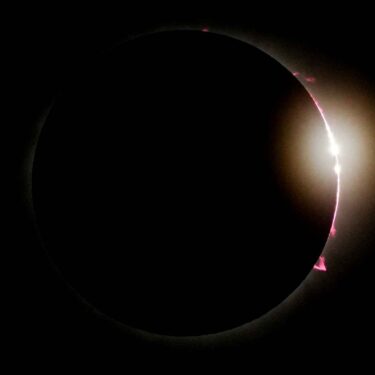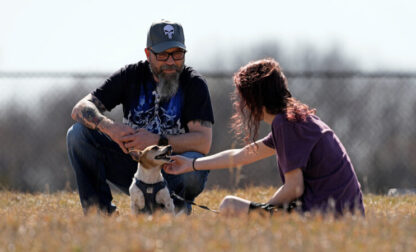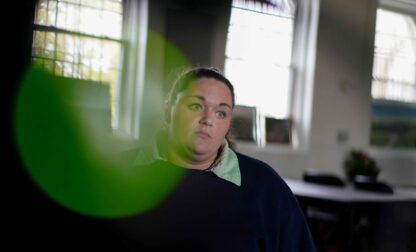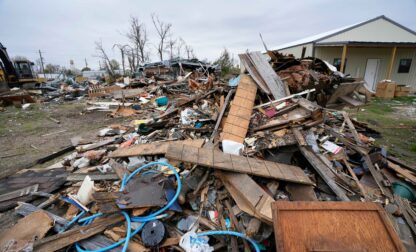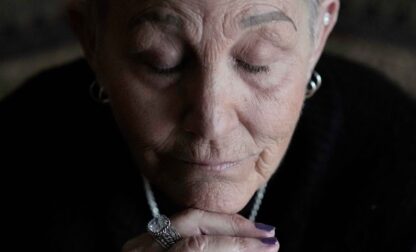In a large-scale, innovative and comprehensive work of journalism that required months of planning and precise execution, a core team from Health and Science conceived a digital-first experience of the total solar eclipse with a livestream, live blog and scenes along the path of totality from Mexico to Maine. Executing the plan successfully required coordination that extended across formats, countries and departments.
Coverage of the eclipse began in February with weekly all-formats storytelling by the Health and Science team, with contributions from Global Beats and U.S. News teams. Work also began to develop a livestream eclipse show, featuring Health and Science audience and social lead Kyle Viterbo; video journalists Mary Conlon and Laura Bargfeld; and aerospace writer Marcia Dunn, along with engineer Hugo Blanco.
In the control room, Global Beats video news editor Kathy Young, Entertainment video editor Brooke Lefferts and U.S. assignment manager Robert Bumsted worked with video operations manager Derek Danilko and broadcast engineer Rob Weisenfeld to produce the six-hour livestream show. They worked with video journalists who went live along the path, including Alexis Triboulard, Lekan Oyekanmi, Nick Ingram, Teresa Crawford, Patrick Orsagos and David Martin, while video curation editor Francisco Guzman kept real-time track of audience engagement.
The team also overcame hurdles to deliver a live Zoom interview about animals’ reactions to the eclipse thanks to testing, with Dallas reporter Jamie Stengle reporting from the Fort Worth Zoo.
A live blog launched at 5:30 a.m. EDT with posts prepared by Health and Science editor Stephanie Nano, and deputy editor Jon Poet, live blog editor Emily Olson and digital editor Sophia Eppolito kept it running with fresh dispatches and visuals over 12 hours from journalists in Mexico, the U.S. and Canada as totality rolled from city to city.
Unique and quickly filed images of the sun getting covered up, crowds donning eclipse glasses and individuals beholding the view were captured by photojournalists Fernando Llano, Eric Gay, Mat Otero, Tony Gutierrez, Jeff Roberson, Michael Conroy, Carolyn Kaster, Jon Cherry, Matt Rourke and Bob Bukaty, with coordination by chief photographer Julio Cortez. Photos deputy director Jacqueline Larma curated the photo gallery, which was designed by Top Stories Hub’s Kii Sato and written by science writer Adithi Ramakrishnan.
Photographers began preparing for the event by creating homemade filters to fit their big telephoto lenses, and mapping out positions along the totality path while constantly checking weather models for clouds that could obscure coverage. On the day of the event, they managed to see the eclipse firsthand in Mexico as it crossed over Mazatlán, providing an early look at the phenomenon. Border-to-border coverage followed as the eclipse entered Texas and left Canada.
The six-hour livestream raked in nearly 3 million views to become AP’s second-most viewed stream ever. The live blog was among AP’s top 5 most-read for single-day blogs. A photo gallery showcasing unique and diverse images from a team of Mexico and U.S. News photographers was used by hundreds of customers, and AP’s story coverage landed on dozens of newspaper front pages.
For conceiving a digital-first approach that caught the attention of our customers and our digital audience, the Health and Science team of Viterbo, Conlon, Bargfeld, Dunn and Nano win are this week’s Best of AP — First Winner.
Visit AP.org to request a trial subscription to AP’s video, photo and text services.
For breaking news, visit apnews.com.
